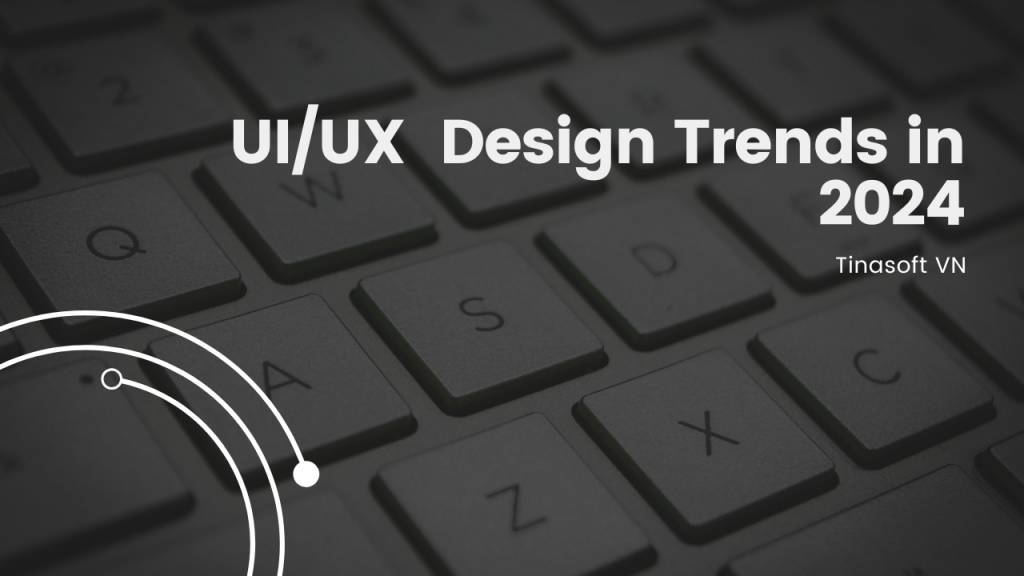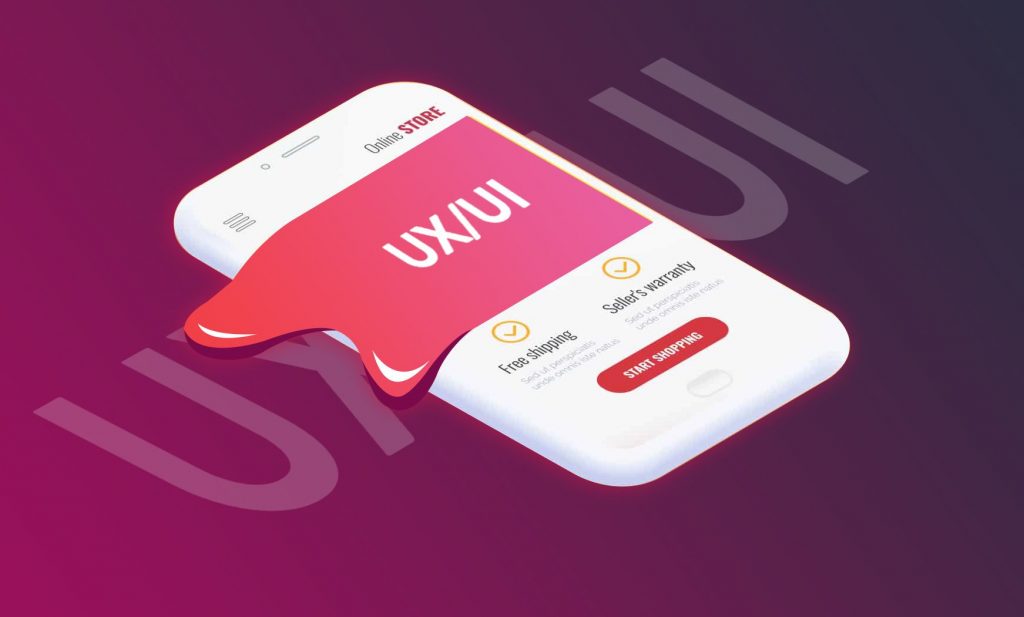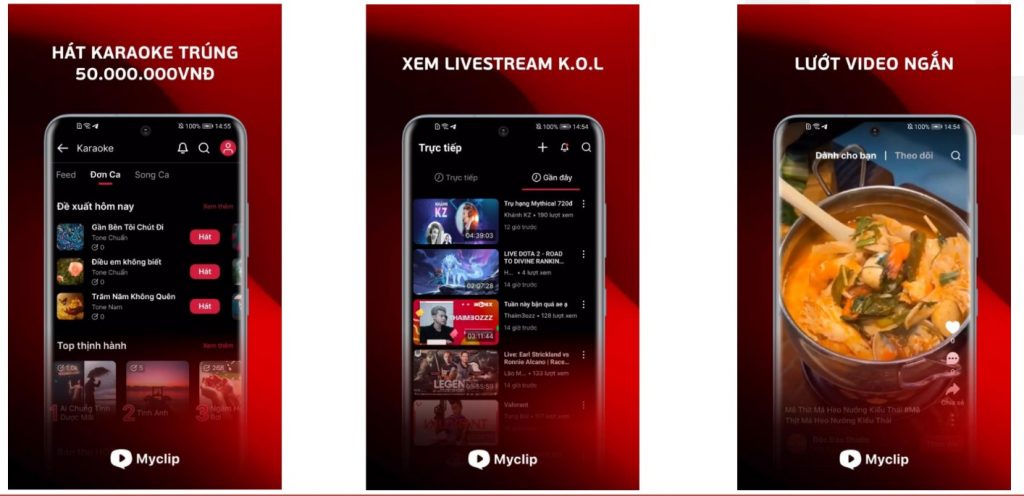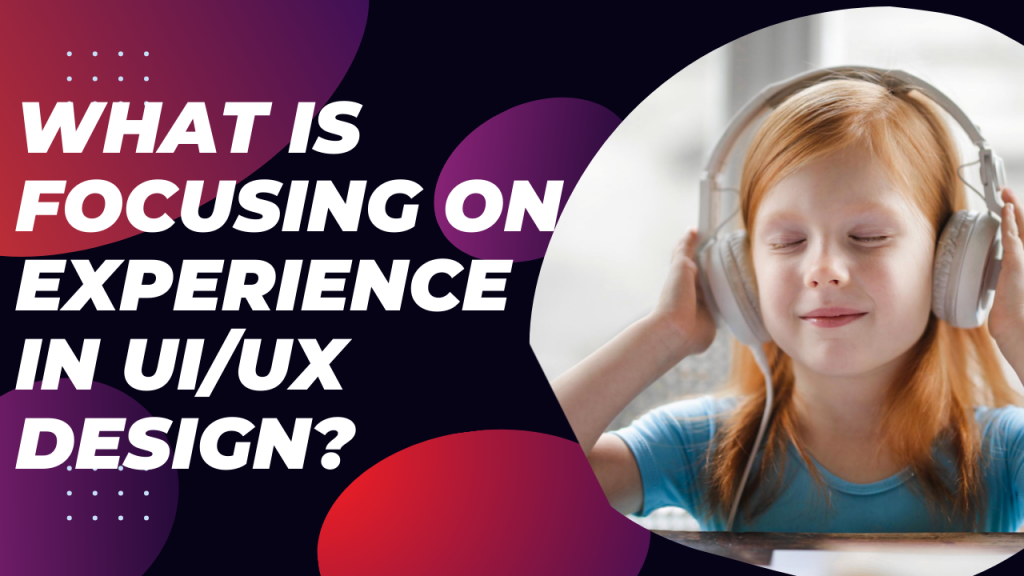
UI/UX design is pivotal in creating engaging and efficient user interfaces that meet the dynamic needs of users. As we look toward 2024, three major trends are set to dominate the UI/UX design landscape: minimalism, personalization, and a heightened focus on user experience. Understanding and implementing these trends can help designers create more compelling and user-friendly interfaces, thereby enhancing overall user satisfaction.
Minimalism: The Power of Less
What is Minimalism in UI/UX Design?
Minimalism in UI/UX design involves simplifying interfaces by removing unnecessary elements and focusing on what truly matters. This approach emphasizes clean lines, ample white space, and a restrained color palette to create visually appealing and highly functional user interfaces.

Why Minimalism Matters
- – Improved Usability: A minimalist design reduces cognitive load, making it easier for users to navigate and find what they need quickly.
- – Faster Load Times: Simplified interfaces often result in faster load times, enhancing the overall user experience.
- – Aesthetic Appeal: A clean, uncluttered design is visually appealing and can leave a lasting impression on users.
How to Implement Minimalism
- – Prioritize Content: Focus on the most critical elements and eliminate anything that doesn’t serve a functional purpose.
- – Use White Space: Leverage white space to create a balanced, uncluttered layout that guides the user’s eye naturally.
- – Simplify Navigation: Streamline navigation menus and use clear, concise labels to make it easy for users to find their way.
Personalization: Tailoring the Experience
What is Personalization in UI/UX Design?
Personalization involves tailoring the user experience to meet the individual needs and preferences of each user. This can include customized content, personalized recommendations, and adaptive interfaces that change based on user behavior.

Why Personalization Matters
- 1. Enhanced User Engagement: Personalized experiences can increase user engagement by making interactions more relevant and meaningful.
- 2. Higher Conversion Rates: Tailoring the experience to individual users can lead to higher conversion rates and customer satisfaction.
- 3. Competitive Advantage: Offering a personalized experience can set a business apart from competitors and build brand loyalty.
How to Implement Personalization
- – User Data Analysis: Use data analytics to understand user behavior and preferences.
- – Dynamic Content: Implement systems that can deliver dynamic content based on user interactions.
- – AI and Machine Learning: Leverage AI and machine learning to predict user needs and provide personalized recommendations.
Focus on Experience: Beyond the Interface
What is Focusing on Experience in UI/UX Design?
Focusing on experience means looking beyond the visual and interactive aspects of UI/UX design to consider the overall emotional and psychological impact on the user. This includes aspects such as accessibility, inclusivity, and emotional design.

Why Focus on Experience Matters
- 1. User Satisfaction: A focus on experience ensures that users feel valued and understood, leading to higher satisfaction and loyalty.
- 2. Inclusive Design: Considering the needs of all users, including those with disabilities, can widen the reach and impact of a product.
- 3. Emotional Connection: Designing with emotion in mind can create a deeper connection between the user and the product.
How to Implement a Focus on Experience
- – User Research: Conduct thorough user research to understand the needs, pain points, and desires of your target audience.
- – Accessibility: Ensure that your design is accessible to all users, including those with disabilities.
- – Emotional Design: Incorporate elements that evoke positive emotions and create a memorable experience.
Conclusion
As we move into 2024, minimalism, personalization, and a focus on experience are set to shape the future of UI/UX design. By embracing these trends, designers and businesses can create more intuitive, engaging, and satisfying user experiences. Staying ahead in the ever-evolving field of UI/UX design requires a commitment to understanding and applying these trends to meet the dynamic needs of users. By doing so, businesses can not only enhance their user experience but also solidify their leading position in the design world.
Large businesses aiming to attract and retain users should invest in these trends, leveraging them to create innovative and user-centered designs that stand out in a competitive market.













